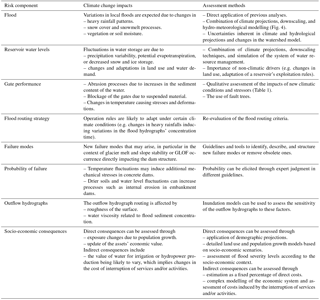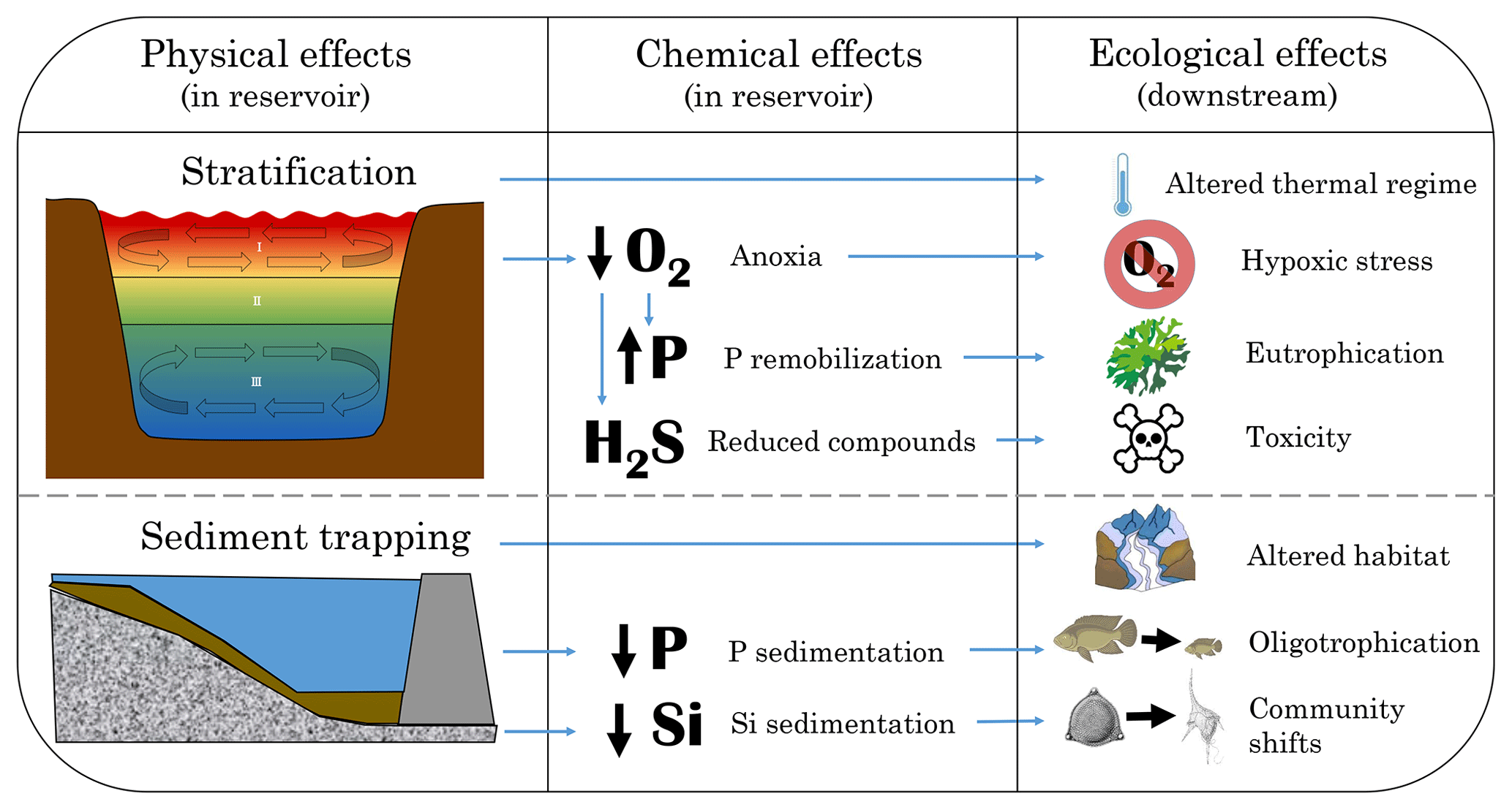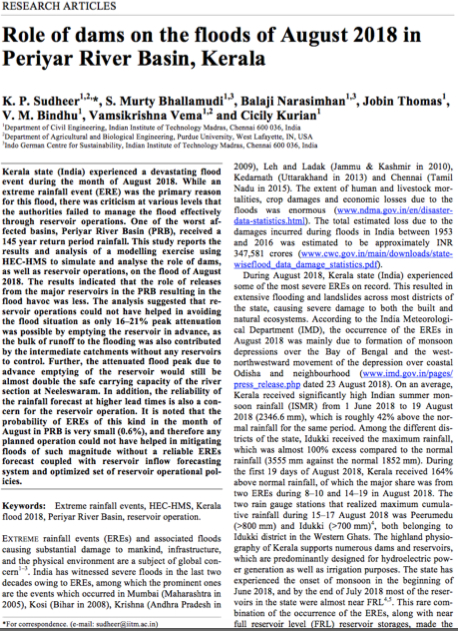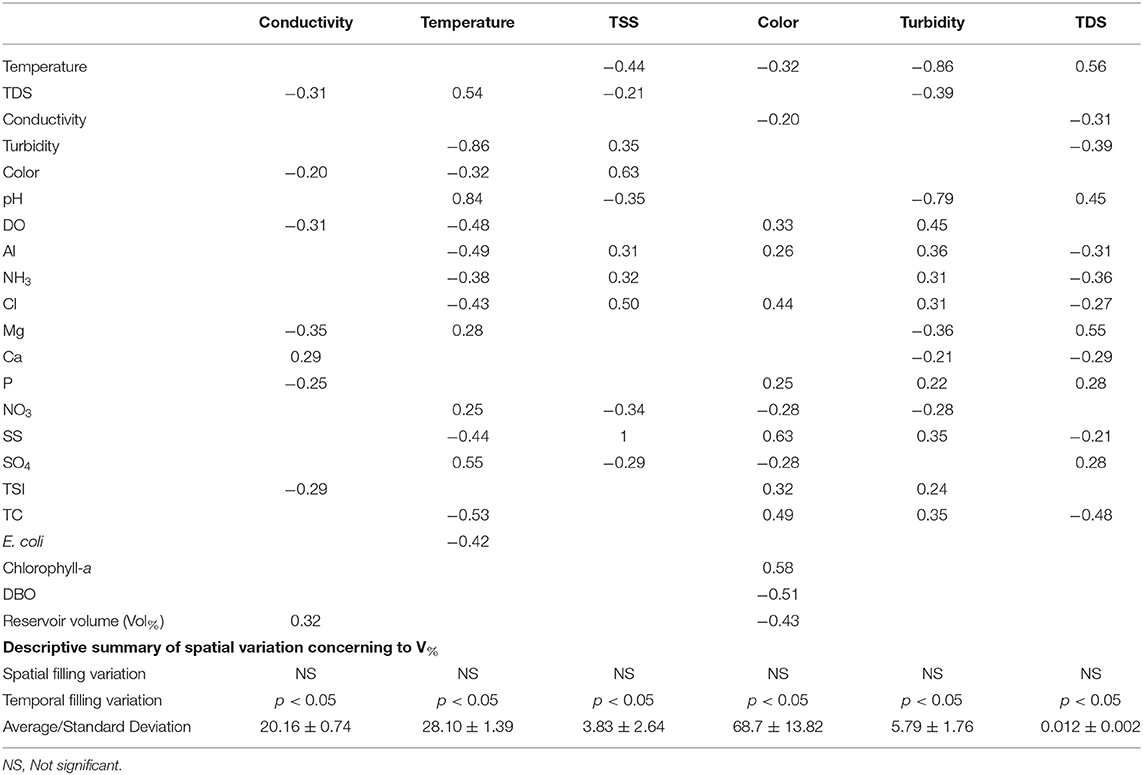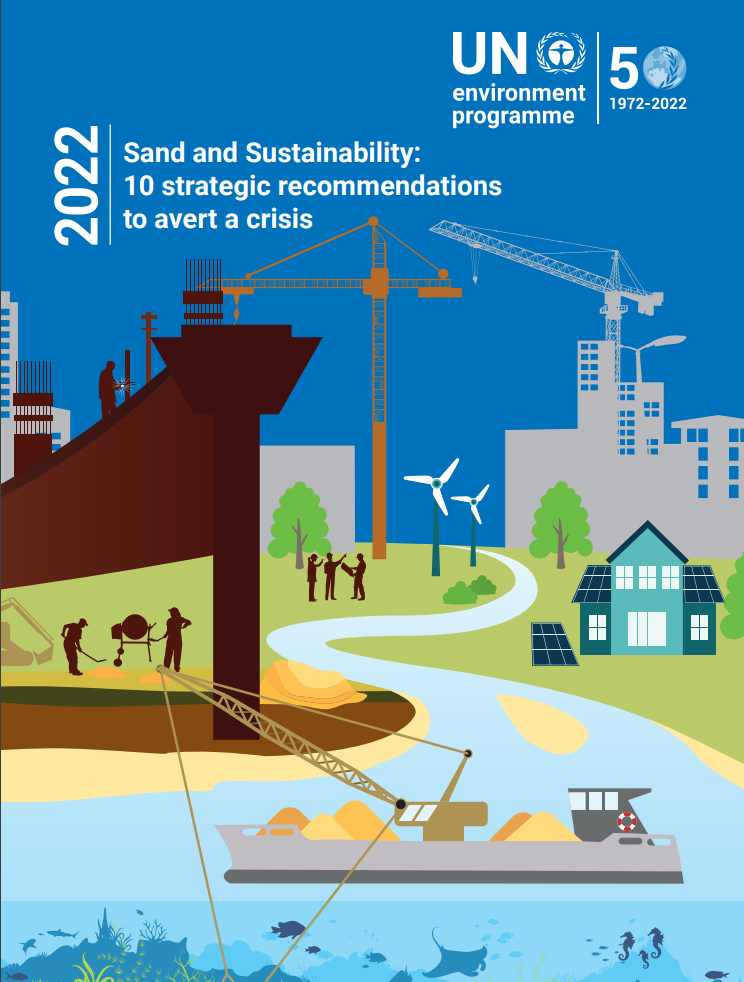Dams are structures that are built across rivers or other bodies of water in order to control the flow of water. They can be used for a variety of purposes, such as hydroelectric power generation, irrigation, flood control, and water storage. While dams can have many benefits, they can also have negative impacts on the environment and local communities. In this essay, we will explore both the good and bad aspects of dam construction and operation.
One of the main benefits of dams is their ability to generate electricity. Hydroelectric power is a clean and renewable energy source that can provide a significant portion of a country's energy needs. Dams can be used to generate electricity by releasing water through turbines, which turn generators to produce electricity. This process does not produce any greenhouse gases or other harmful emissions, making it a more environmentally friendly option than fossil fuels.
Dams can also be used to provide irrigation for agriculture, which can be particularly important in arid or semi-arid regions. By controlling the flow of water, dams can ensure that farmers have a reliable supply of water for their crops. This can help to increase food production and improve the livelihoods of local communities.
Another benefit of dams is their ability to reduce the risk of flooding. By holding back water during times of high flow, dams can help to prevent flooding downstream. This can protect communities and infrastructure from the destructive effects of flood waters, such as damage to homes, roads, and bridges.
However, dams can also have negative impacts on the environment and local communities. One of the main concerns is the loss of habitat for plants and animals. When a dam is built, it can alter the flow of water and change the natural habitat of the area. This can lead to the loss of breeding and feeding grounds for fish and other aquatic species, as well as the loss of habitat for plants and animals that depend on the river or lake.
In addition, dams can also cause changes to the water quality of the area. By holding back water, dams can lead to the accumulation of sediment and other pollutants, which can affect the health of the ecosystem. This can also have negative impacts on the health of humans who rely on the water for drinking, irrigation, or other purposes.
Furthermore, dam construction can also lead to social and economic impacts on local communities. In some cases, dams have displaced communities who have lived in the area for generations. This can lead to the loss of homes, farmland, and other assets, as well as the disruption of cultural and social ties.
In conclusion, dams can have both good and bad impacts on the environment and local communities. While they can provide benefits such as hydroelectric power, irrigation, and flood control, they can also have negative impacts on habitat, water quality, and local communities. Therefore, it is important to carefully consider the potential impacts of dam construction and operation before proceeding with a project.
